At 17,000 years, this unusual Nomoli figure is also the oldest. A small metal ball was hidden in a hollow space inside it. An analysis showed that it is made from chrome and steel. However, the metal ball was already in the figure when it was found.
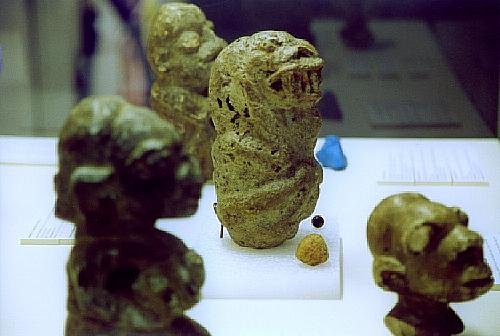
How did it get there? And much more important – where did the metal come from? – The blue “Skystones” are another mystery. A legend says: The part of the sky in which the Nomoli lived turned to stone. It splintered and fell to Earth as pieces of rock. Scientists found traces of iridium in the “Skystones”. Iridium is one of the least abundant elements in the Earth’s crust, having an average mass fraction of 0.001 ppm in crustal rock; It is thought that the overall concentration of iridium on Earth is much higher than what is observed in crustal rocks, but because of the density and siderophilic (“iron-loving”) character of iridium, it descended below the crust and into the Earth’s core when the planet was still molten. Iridium is found in meteorites with an abundance much higher than its average abundance in the Earth’s crust. For this reason the unusually high abundance of iridium in the clay layer at the Cretaceous–Paleogene boundary gave rise to the Alvarez hypothesis that the impact of a massive extraterrestrial object caused the extinction of dinosaurs and many other species 65 million years ago.

When searching for diamonds in West African Sierra Leone, local people made unexpected finds: They repeatedly came across 40 to 70 cm tall stone sculptures.
The origin of these Nomoli is uncertain.
Some were discovered at depths of 50 metres.
This means that they must be about 17,000 years old. A date which does not conform to today’s archaeological knowledge. – Klaus Donna
Above is an Art historian studying a “Nomoli” figure from Sierra Leone (West Africa)
Remains of a stone-walled house at the deserted hilltop defensive site of Yagala
Source> https://www.flickr.com/photos/gbaku/sets/72157600017132294

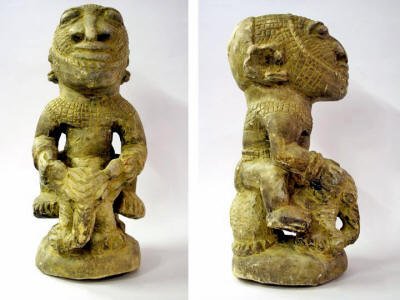
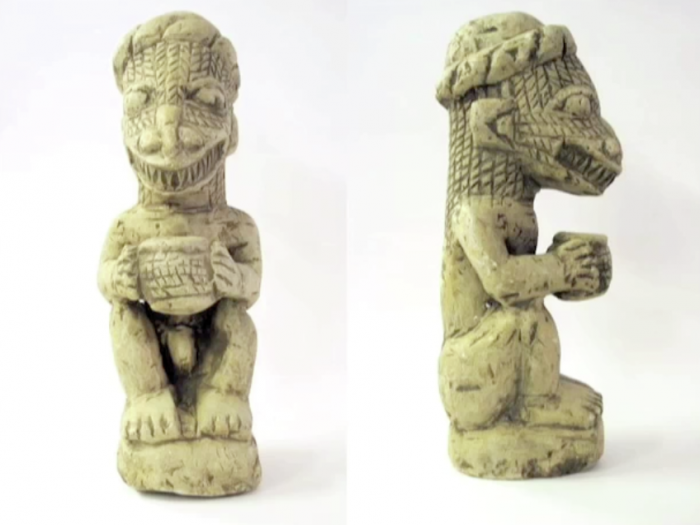
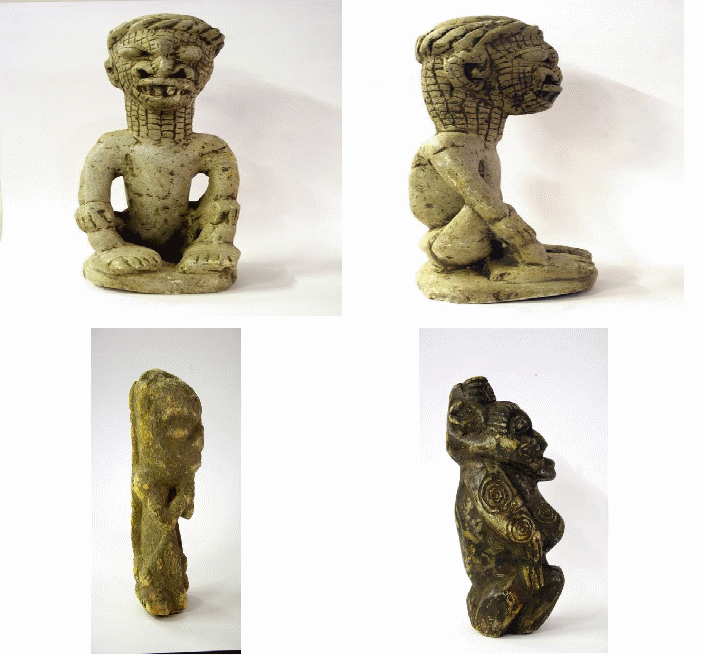

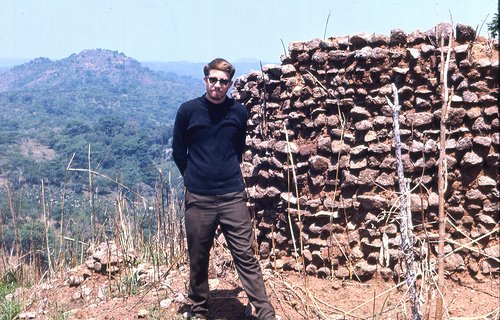
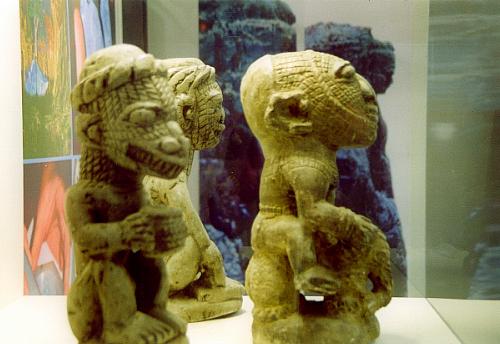
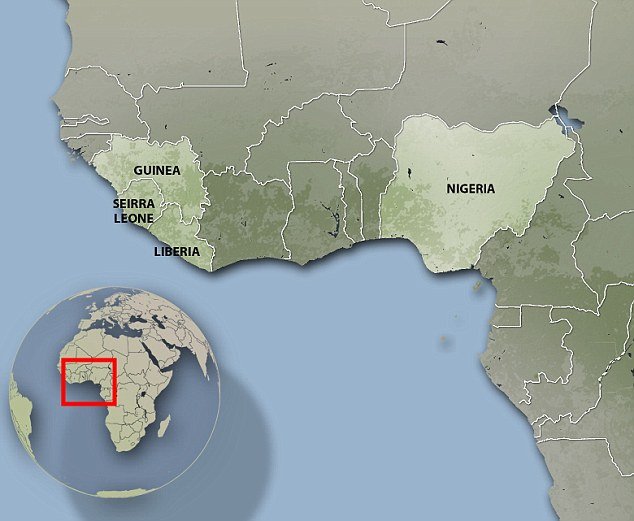
[…] 17,000 year old Nomoli Figurines found in Sierra Leone, West Africa […]
[…] 17,000 year old Nomoli Figurines found in Sierra Leone, West Africa http://solarey.net/nomoli-figurines-f… 20K Year Temperature Chart Global http://www.climate4you.com/ Latest From The Greenland Meltdown […]